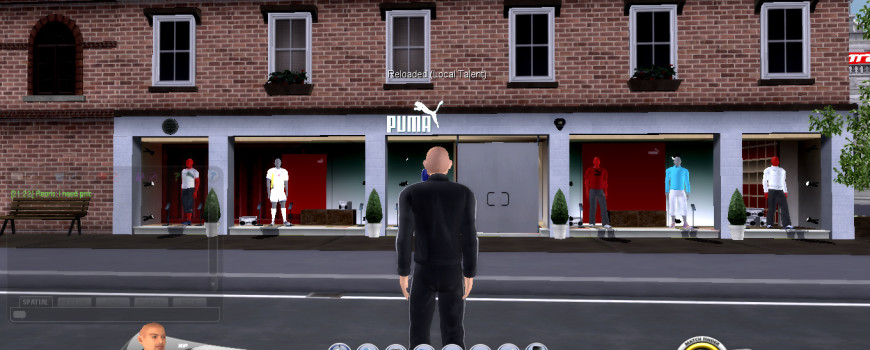A Quick Look at the Lead Times for In-Game Advertising Campaigns
What many people might not know, is that there are a few types of in-game advertising. The two most prominent types are ‘dynamic in-game advertising’ and ‘static in-game advertising’. In this blog post, we’ll take a look at how these two types of in-game advertising drastically differ in the amount of time needed to launch an ad campaign.
Dynamic in-game advertising can be implemented, updated, or changed in real-time. It popularly takes the form of placements such as billboards, posters, and hoardings situated throughout a 3D video game environment. There are literally no lead times involved with dynamic in-game advertising – once a client signs an insertion order and sends over the creative materials, the ads can get delivered into a game environment immediately. There is absolutely no development or programming needed at all for a dynamic in-game ad campaign to launch. What is needed however is an Ad Server, which is a tool that can stream 2D image ads inside any video game that has integrated a reciprocally configured SDK (Software Development Kit). The ad server is a fantastic tool, because among other capabilities, it allows for geo-targeting and frequency capping, which are two requirements that most brands and media buyers have before running ad campaigns. Once an advertiser’s banners are uploaded to an in-game ad server, the advertisements can be viewed by players around the World in a matter of minutes.
Static in-game advertising is typically what most people think of when discussing or comprehending advertising inside video games. Static in-game ads are programmed directly into a video game, and is done so during the development and production stage of a game’s life-cycle. It can be compared to product placement in films and tv shows, in that the ads are hardcoded into a game and are usually integral parts of the storyline of a video game. With static in-game ads, substantial lead times are required in order to launch and execute an ad campaign. It’s not unusual for a complete timeline of 6-12 months from initial concept to actually seeing the final product inside a live video game.
Depending on what the goals of an advertising campaign are, will dictate which in-game advertising channel is most appropriate. For example dynamic in-game advertising campaigns would be best suited for time sensitive promotions such as a movie or album launch, due to the ability to take ads in and out of a video game. Whereas static in-game advertising would be best suited for campaigns looking to build long-term awareness and more of a customized experience for gamers.
To learn more about in-game advertising or to run a campaign, contact us at http://www.rapidfire.com/contact-us/

